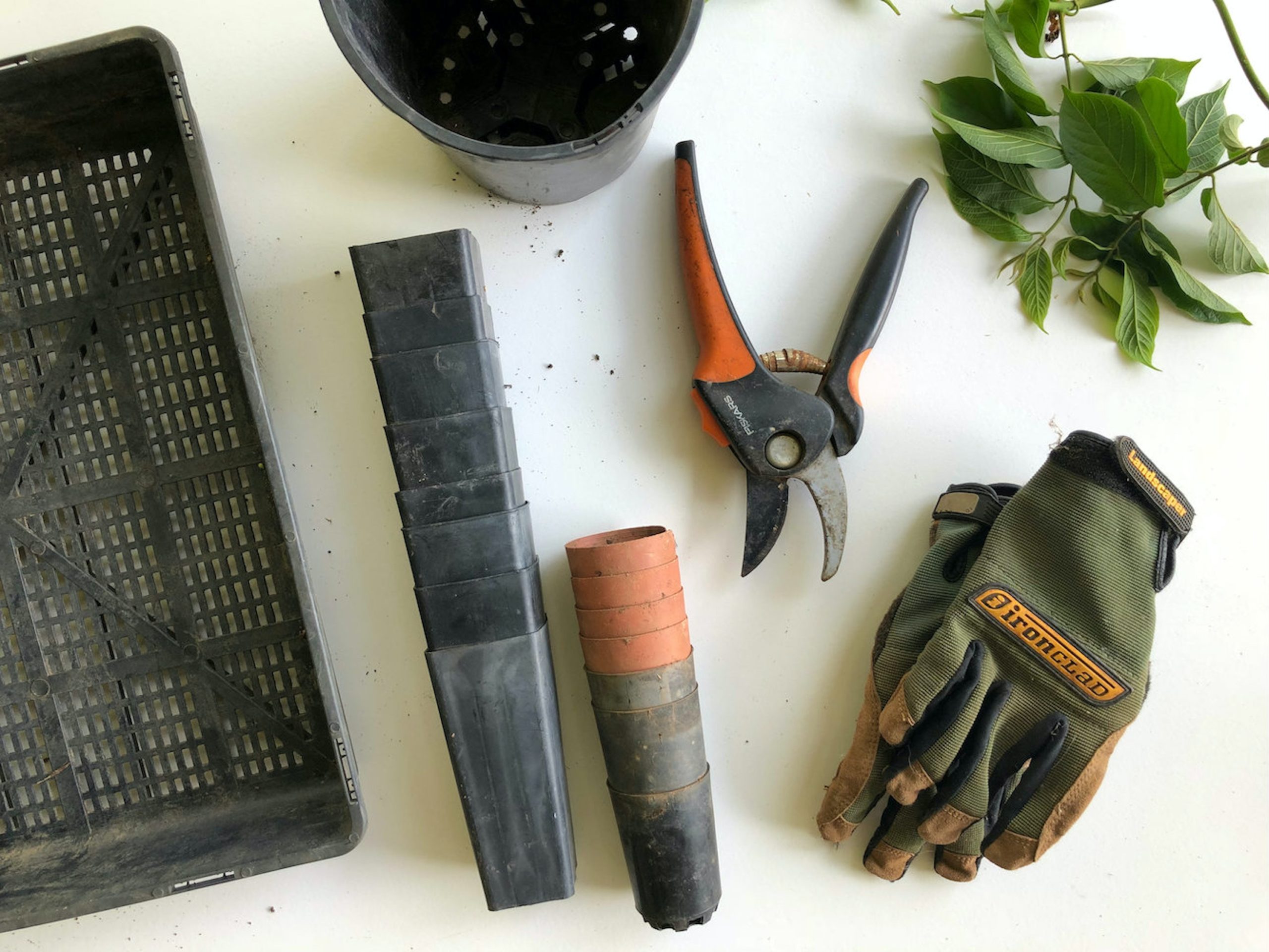As spring approaches, avid gardeners begin to get that familiar urge to get their green thumbs outside and into the dirt.
But if this spring will be your first foray into the world of perennials and pruning, the many garden tasks at hand can feel daunting.
Ease into it by following these simple spring garden preparation tips.
1. Stock the Tool Shed
Every gardener needs the right tools to get the job done.
Here’s your basic spring garden list, which will of course depend on the type of gardening you plan to tackle:
- Standard shovel and spade
- Metal rake
- Hoe
- Trowel (a mini-spade)
- Spading fork
- Wheelbarrow
- Watering can or garden hose with adjustable nozzles
- Tool caddy
2. Prepare
If you’ve inherited a yard, you’ll want to ensure it’s ready for planting.
First, remove any of last year’s perennial plantings.
Then rake plant beds, taking care to see if any contain bulbs hidden beneath the surface.
Refresh the mulch in your planting areas to ensure a nice, warm planting zone.
3. Prune
Dead and damaged branches need be removed in order to promote new growth.
Also be on the lookout for plants that may be diseased, and prune those areas too.
4. Make Your Beds
As soon as your soil is soft enough to work with (frozen ground is no one’s friend!), remove weeds and other debris.
If you don’t yet have a compost bin, spring is a great time to start one.
Spread a thick layer of compost on your plant beds and work it about a foot into the soil with your spading fork.
The compost will help enrich the soil to promote healthy plants.
5. Shop and Plant
Visit your local garden center to find seasonal plants that catch your eye.
Ask an on-hand expert to help guide you with the perfect plantings for your yard, taking into consideration the amount of sunlight each plant bed receives.
Once you have your plants in tow, choose a cool, cloudy day to begin planting or aim for early in the morning before the sun is too warm.
Before planting, though, be sure that all threat of frost is gone. You may need to wait a few weeks.
6. Feed Your New Friends
When new growth appears, fertilize all plant beds with a quality balanced fertilizer.
If you have fruit trees, now is a good time to fertilize them as well. Acid-loving shrubs, such as azaleas and camellias, should get a dose of high-acid fertilizer and pine-needle mulch.
7. Begin to Sow
If you have an interest in growing a garden from those adorable little seed packets at your local garden center, begin in early spring by sowing cool-season veggies such as lettuce, spinach, sweet peas and parsley, as well as flowers such as calendula and poppies.
8. Take the Lay of the Lawn
If you don’t have one already, now is the best time to start a new lawn from seeds.
Check with your local garden center on the best grass for your area.
If you already have a lawn, you’ll want to start mowing in early spring to encourage growth, but don’t cut the grass too short at first.
Make sure it’s growing in a healthy way before mowing at your preferred height.
9. Remember the Birds
Consider adding a little something extra to your yard for your feathered friends, who begin to make an appearance around this time of year.
Check your local garden center for pretty bird baths and feeders to attract birds that are native to your area.

